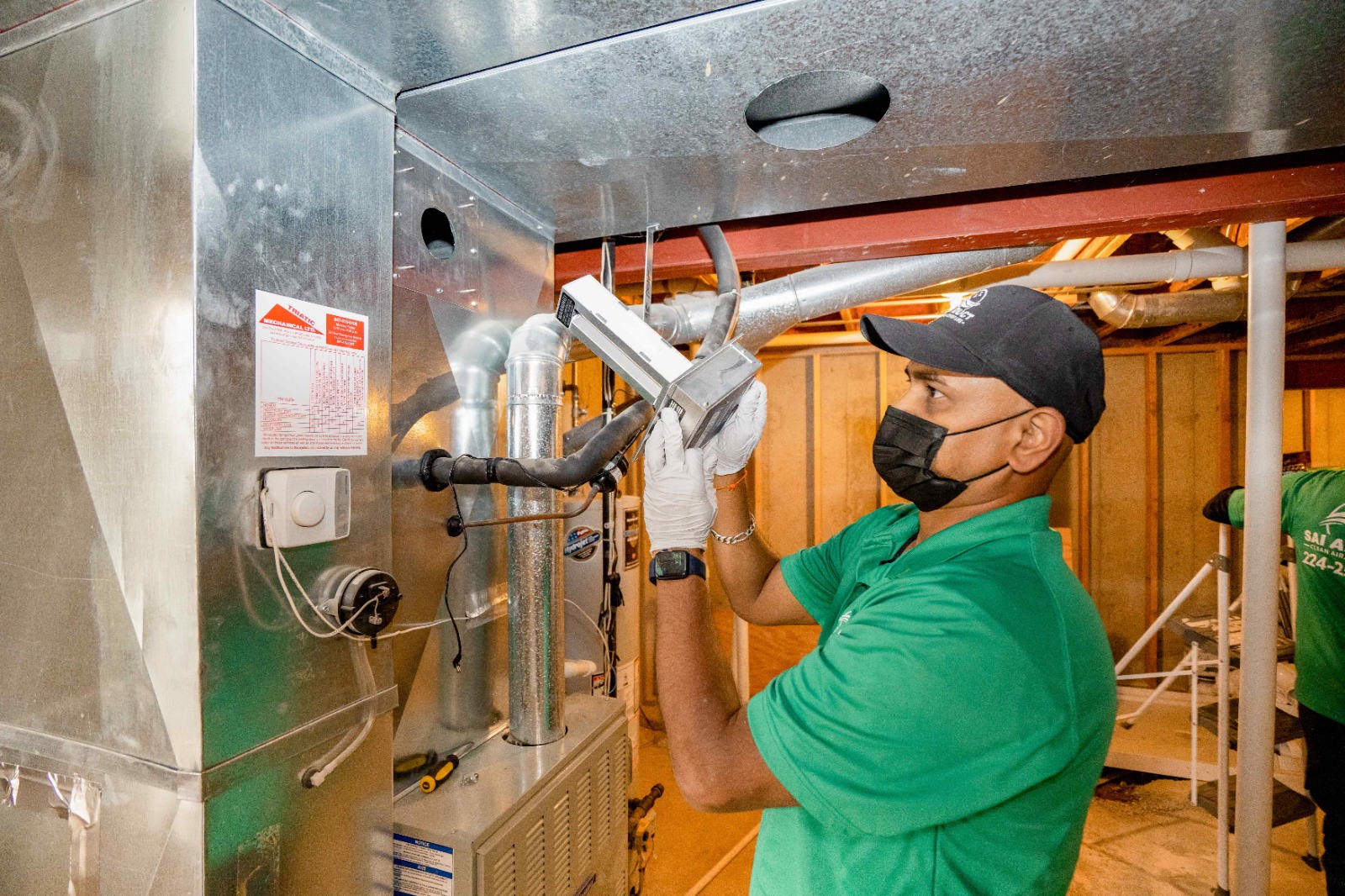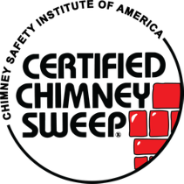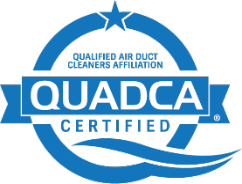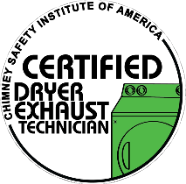Air quality is very important while living in an environment that has a healthy living condition. Your indoor air quality can have a big impact on your health, comfort, and safety. Pollutants can accumulate to levels that can be a health and comfort issue in some cases. At SAI Air Duct Clean, we understand that your home also needs to maintain a clean and fresh environment. This blog takes into consideration ten simple ways that help improve the quality of air in your space, hence making its premise a safe and comfortable environment for you and your family:
-
Regular Cleaning and Vacuuming
One of the best ways to improve indoor air quality is by keeping your living area clean. Regulate dusting and vacuuming through a vacuum cleaner having a HEPA filter that would help to prevent dust mites, pet dander, and particulates, which are prime pollutants inside. Pay special attention to places in your living space that produce a quick buildup, like carpets, rugs, and upholstered furniture.
-
Maintain Your HVAC System
The filters of your heating, ventilation, and air conditioning (HVAC) system are there to recirculate clean air into your home. Replace the air filters in no greater span than every three months, as this will avoid the spread of dust, pollen, and other air-borne particles all over your house. You will also need to consider having your air ducts cleaned by SAI Air Duct Clean professionals, whereby this is an assurance of the highest performance and cleanliness standard of services.
-
Use Cooking Vents
Kitchens are significant sources of indoor pollution, especially from cooking. Harmful pollutants such as nitrogen dioxide and carbon monoxide can be released during cooking on gas stoves. Ensure you use your range hood or an exhaust fan to vent out unwanted chemicals. Keeping your cooking area well-ventilated can dramatically improve the air quality in your home.
-
Keep Indoor Humidity Under Control
High humidity levels can lead to the growth of mold and mildew, which are harmful to respiratory health. Maintain indoor humidity levels between 30-50% by using dehumidifiers or air conditioners. This range helps prevent the accumulation of moisture in the air, discouraging mold growth and reducing allergens.
-
Adopt Green Plants
Houseplants not only enhance the aesthetic value of your home but can also improve indoor air quality. Plants like spider plants, Boston ferns, and snake plants are known for their ability to absorb toxins and produce oxygen, thereby purifying the air naturally. However, it’s important to manage the soil moisture to prevent mold growth.
-
Use Natural Cleaning Products
Many household cleaning products contain volatile organic compounds (VOCs) that can deteriorate indoor air quality. Opt for natural or DIY cleaning solutions like vinegar, baking soda, and lemon juice, which provide effective cleaning without harmful chemicals. This switch not only benefits your health but also reduces environmental impact.
-
Improve Air Ventilation
Improving the ventilation in your home can dilute and remove indoor airborne pollutants. Whenever weather permits, open windows and doors to allow fresh air in and help reduce the concentration of indoor pollutants. Consider using trickle vents to increase the flow of fresh air into the home.
-
Avoid Synthetic Fragrances
It might be very tempting to use some air fresheners or nicely smelling candles to try and cover up some of those very uncool smells at home. However, most of them are full of chemicals that can pollute the air in your home. Use the natural ones, like essential oils, or just air your rooms a little bit more frequently.
-
Control Pet Dander
Pets are the main source of pollution inside the home due to their dander and the dirt they bring inside the house. Regular grooming and bathing of pets might, to a great extent, minimize the existence of pet dander in the house. The furniture should also be kept off, not in the bedrooms, so as not to carry more allergens with it.
-
Test for Radon
Radon is a colorless, odorless radioactive gas that can enter your home through cracks and openings in the foundation. It is advisable to test for radon, especially if you live in areas prone to high radon levels. Testing kits are readily available and can help you ensure that your home’s air is safe from this dangerous gas.
Conclusion
Improving the indoor air quality of your home is a continuous process that requires attention and regular maintenance. By implementing these simple tips, you can significantly reduce pollutants and enhance the overall health and comfort of your indoor environment. At SAI Air Duct Clean, we are dedicated to helping you maintain the best air quality in your home through professional duct cleaning services and expert advice. Prioritize your indoor air quality today for a healthier tomorrow.
FAQS
– How often should I vacuum to increase the indoor air quality?
Vacuum with a machine that has a HEPA filter at least twice every week to ensure there will be reduced dust, pet dander, and other particulate matter.
– What should tell me if my air ducts need cleaning?
The common signs and signals pointing towards the need for duct cleaning include an increase in dust collection, visible appearance of mold around or near your HVAC system, sudden onset of unexplained allergies or respiratory problems, and unequal airflow supply in rooms.
– Can these indoor plants also purify the air?
Yes, some indoor plants are capable of removing toxins and dispensing oxygen to purify the air naturally, like spider plants and Boston ferns.
– Which natural cleaning products can I use in place of chemical ones?
Vinegar, baking soda, and lemon juice are excellent examples of natural cleaning products that, for all practical purposes, can replace a large number of synthetic, chemically based cleaning products.






